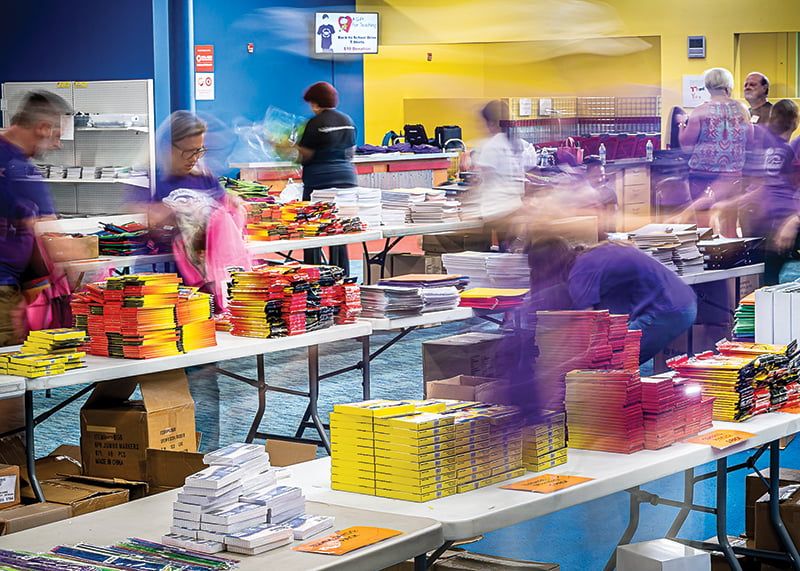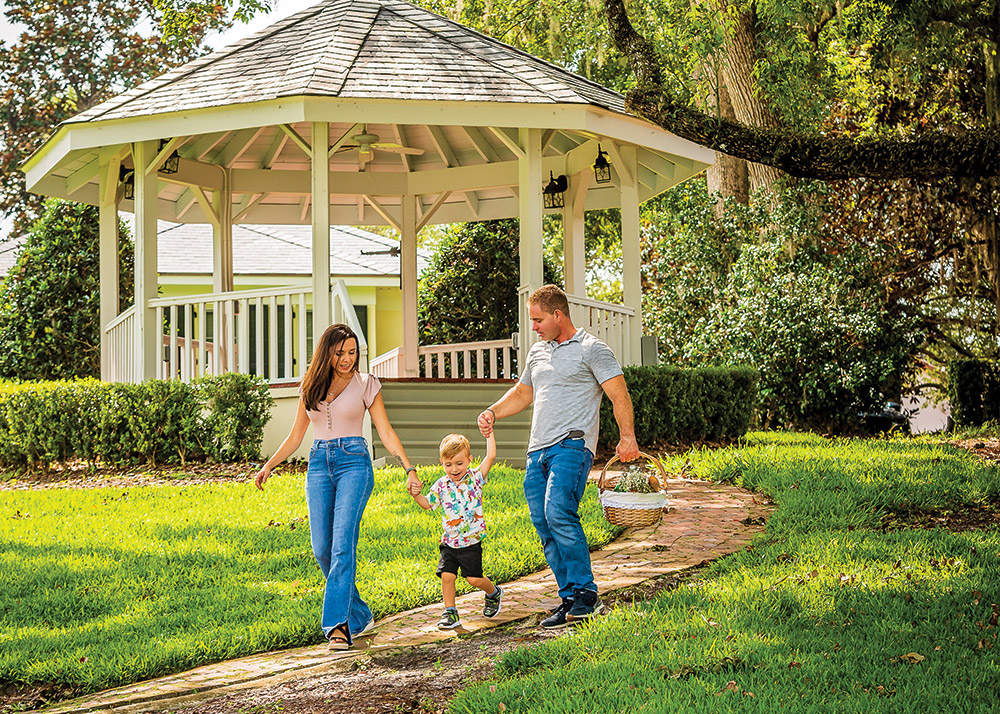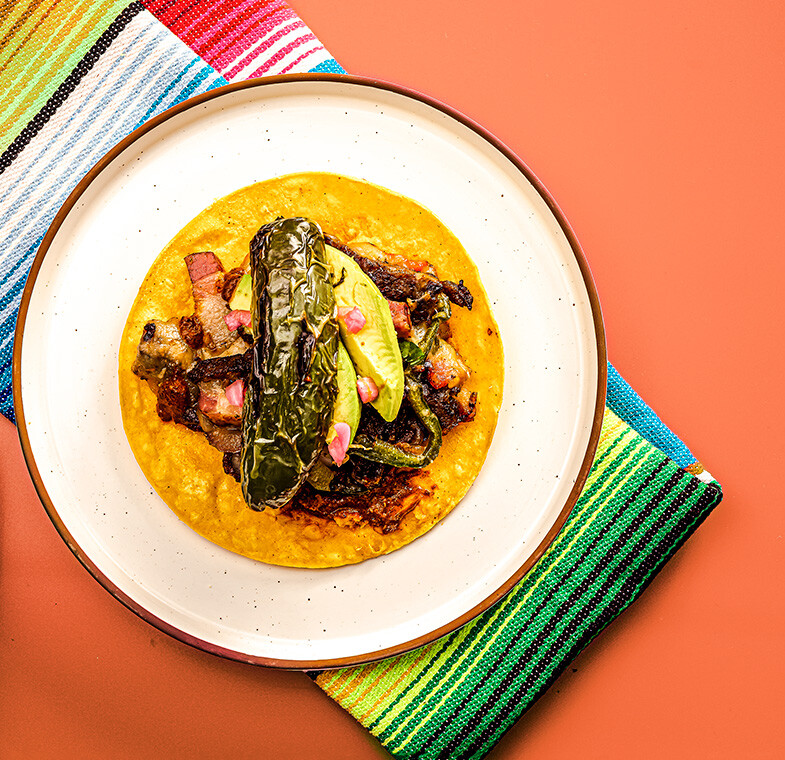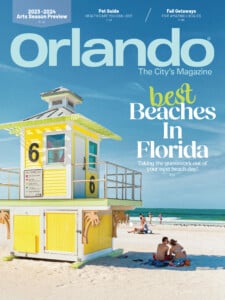Community: Reimagining Downtown Orlando
Thriving downtowns take strong vision.

“Downtown needs a complete mix of uses ensuring vibrant, diverse and inclusive street-level experiences for all,” says Project Downtown Orlando 2.0. (ROBERTO GONZALEZ)
Much has been written about urban decay in the United States, which has been exacerbated by the COVID-19 pandemic. New research suggests that rising housing costs and remote work are creating a shift in where people are deciding to live.
According to a recent Brookings Metro’s analysis of large metropolitan area decline, America’s biggest metropolitan areas experienced unprecedented drops in population in between July 2020 and July 2021. And a recent estimate conducted by the U.S. Census Bureau shows the pandemic’s impact is even more dramatic in cities than in the suburbs.
Although many cities struggle with maintenance and survival, Orlando isn’t one of them. In 2021, Orlando’s growth rate was the second fastest of the 30 largest cities in the United States according to another U.S. Census Bureau study. As far back as 1980, Orlando took innovative steps to fix its flailing business district in the form of the Community Redevelopment Agency (CRA).
The CRA emphasized providing more housing and cultural arts opportunities, improving long-term transportation needs, and encouraging retail development.
Project DTO rolled out its first DTO Vision Plan in 2014-2015. With input from more than 6,600 Orlandoans, the vision plan set the direction for the next decade of downtown Orlando’s transformation, one that would connect people and inspire creativity while fortifying the area’s economic competitiveness.
Orlandoans were asked to “be bold” and “focus on what gives the city its heart.”
Thanks to these visionary efforts, Orlando is now considered an up-and-coming, thriving destination for tourists and new residents.
Never one to rest on its laurels, Orlando has announced Project Downtown Orlando 2.0, Orlando’s master plan for the future.
This city initiative will reimagine Downtown Orlando with a 10-year plan that begins this year.

“DTO 2.0 is an action plan for enacting dozens of small steps that add up to one big evolution of downtown Orlando as its own urban neighborhood.” -Orlando Mayor Buddy Dyer (ROBERTO GONZALEZ)
The principles of the plan cover a wide variety of goals, from supporting people at all ends of the socioeconomic spectrum in terms of housing and social services, being a safe place for everyone at all times of day, every day of the year to transforming many of its car-oriented, one-way streets into walkable, people-oriented two-way streets.
“Thriving downtowns foster a strong sense of community by connecting people and fostering innovation, creativity, and cultural enrichment,” the Project DTO website states. “They bring us joy. They have character, blending history with a sense of what’s new, exciting, and eclectic, and they enable diverse people to interact, share ideas, and achieve dreams. They are livable places with great green spaces, cultural amenities, and diverse retail and restaurant options. These factors contribute to a city’s quality of life. They, therefore, drive the market demand for the experiences of these places, which in turn enhances real estate values and economic vitality.”
“Decade after decade, resilience, reinvention, and rebirth have defined Orlando,” said Orlando Mayor Buddy Dyer in his annual State of Downtown Address. “[And today] downtown Orlando is the focal point of the oncoming wave of reinvention.”
Dyer said that to continue to attract high-wage jobs and innovative companies today and into the future, downtown’s evolution into a true neighborhood is more important than ever. To accomplish this, he discussed the work the city is doing as part of the DTO 2.0 initiative.
“We’re fortunate to have built a strong foundation, and now it’s time to take the next steps,” said Mayor Dyer. “DTO 2.0 is an action plan for enacting dozens of small steps that add up to one big evolution of downtown Orlando as its own urban neighborhood.”




